FARM/ GARDEN: SPECIAL OFFERS FROM THE XMAS CATALOGUE
Here are our leading offers for farm and garden from the Xmas Catalogue. Prices may vary due to freight. Controls subterranean termites,…
Free Delivery when you spend $49 or more. (Weight Limits Apply – view more)
 Dog
Dog

Shop Tuckers great range of dog food, health care & wellness products today. Delivered or Click & Collect.
 Cat
Cat

Tuckers has a great range of cat food, health care & litter products for your beloved cat. Shop now.
 Horse
Horse

Tuckers carry a huge range of food, supplements, health care, hoof care and grooming accessories. Shop now.
 Chook/Bird
Chook/Bird

Tuckers range of food, accessories & health care products will keep your chooks & birds happy and healthy.
 Small Animal
Small Animal

Shop food and health care products for your little mates @ Tuckers. Delivered or Click & Collect.
 Farm/Garden
Farm/Garden

Tuckers carry a wide range of sheep & cattle products, plus everything you’ll need around the farm or garden.
 Dog
Dog

Shop Tuckers great range of dog food, health care & wellness products today. Delivered or Click & Collect.
 Cat
Cat

Tuckers has a great range of cat food, health care & litter products for your beloved cat. Shop now.
 Horse
Horse

Tuckers carry a huge range of food, supplements, health care, hoof care and grooming accessories. Shop now.
 Chook/Bird
Chook/Bird

Tuckers range of food, accessories & health care products will keep your chooks & birds happy and healthy.
 Small Animal
Small Animal

Shop food and health care products for your little mates @ Tuckers. Delivered or Click & Collect.
 Farm/Garden
Farm/Garden

Tuckers carry a wide range of sheep & cattle products, plus everything you’ll need around the farm or garden.
Home / Articles / Farm/Garden / VEGETABLE GARDEN DESIGN – TOP TIPS & IDEAS

The benefits are numerous; you can have completely organic produce, the learning of how to grow and where food comes from is an invaluable life lesson, it will be 100% fresh, you can grow things that can’t be bought in the shops and it’s a fun outdoor activity.
Absolutely, consider how much a packet of lettuce seeds cost containing hundreds of lettuces and you have your answer. Even with the initial outlay of setting up a vegetable garden and continued maintenance, it is worth it on so many levels.
Before you embark on creating a new garden it is always good to have a plan and an understanding of what is needed when it comes to site selection, aspect, plant choices and requirements, soil preparation and long-term care and desired effects.
A full sun location with 6 hours direct sun per day is preferable.
Another consideration is locating your edible garden that’s full of your herbs and vegetables near the house. This way it is more time efficient and easier to maintain and harvest from.
Start by marking out an area with marker paint or string lines. You can make them any size or shape – traditional rectangular beds, potager style, large circles whatever takes your fancy. Make sure you can reach the centre though from either side for ease of planting, weeding, and mulching.
You can also install large, raised garden beds. These can be made out of wood, corrugated iron and straw bales. Then there is the no-dig raised bed method too.
Designing your edible space so that it’s easy to tend, fertilise, harvest and overhaul when needed is key.
If building multiple beds, leave enough space to comfortably walk between the beds with your tools.
I have a mandala style garden, which is lovely creative style of garden. You may wish to consider crop rotation and even the addition of an herb spiral in your patch.
Understanding your soil type and preparation for maximum productivity.
Whether you have clay, sand or generally poor rocky soil the addition of organic matter is the key to success. Add good quantities of Rocky Point ActivGrow and Cow Manure to ensure you have rich friable free draining soil to a depth of 30cm.
Once you have watered this in well, mulch on top with Rocky Point Sugar Cane Mulch, Lucerne Mulch, or Pea Straw Mulch. This will help retain soil moisture, suppress weeds and protect soil roots.
What to plant when is critical to your overall success. Know what grows in which season. For example, as we head into autumn and winter it is time to plant brassicas, various root crops, peas and snow peas and so forth but check with local garden centres because this can vary slightly depending on your climatic location. Remember most vegetable crops are seasonal and short lived.
The addition of flowers and herbs will create biodiversity, and this is always a positive.
Entire range - quick and secure delivery
Buy securely online and pickup at your local store
Call your local store and come on down to pickup
© 2025 Tuckers Pet & Produce.
